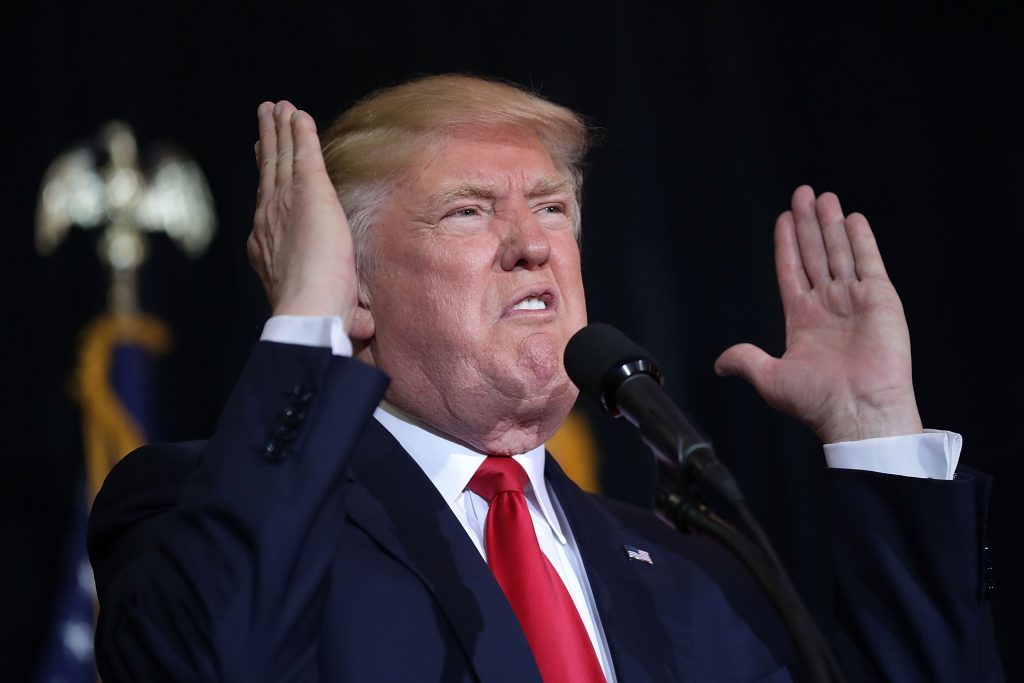
As the UN Climate change conference, COP23, is in its all-important second week, I’m again attending as a delegate.
This will be me my second COP. Last year was my first time (I went with Manchester based NGO, Planet Hydrogen) so there was a lot to learn.
This was COP22, in Marrakech, and as an atmospheric science PhD student at The University of Manchester with a masters in environmental policy, it was very exciting to watch climate policy negotiations unfold in real time.
The COP22 atmosphere was thrilling and a whirlwind, for several reasons. First of all, 110 parties of 197 had signed the Paris Agreement, representing the minimum requirement to enter into force. The Paris Agreement entered into force less than a year after having been adopted; take for contrast the Kyoto Protocol, which took seven years to take effect.
The Paris Agreement entered into effect on November 4th, 2016, and COP22 began on November 7th, 2016. The success of this quick ratification meant that delegates who arrived in Marrakech were fuelled by a sense of optimism and celebratory momentum, of which I was easily caught up in: finally, there was an end goal to work towards!
Of course, while all this was going on in Marrakech something very different was happening in the United States. We woke up on November 9th to a very new climate reality as it was clear that Donald Trump had won the election. The tone, to me, shifted from celebratory to uncertain. In the corridors we heard “why are we here?,” and in meeting rooms we heard Obama administration delegates try to affirm commitment to the agreement.
The end goal is for global warming to be well below 2°C above preindustrial levels. The Paris Agreement is unique in that it is a combination of a top-down international agreement with bottom-up nationally determined contributions (NDCs). The expectation and hope is that, somewhere in the middle, there is enough reduction in carbon from the NDCs to achieve a global goal.
But with or without the United States’ involvement, stakes are high at Bonn as livelihoods are on the line. With unchecked carbon emissions there could be up to a 6°C rise in sub-Saharan Africa as well as shifts in global power; decarbonisation will affect most sectors and all countries, and will be dictated by those who have a seat at the table. The negotiations touch on every area, from the private sector and finance mechanisms to whether climate change mitigation can exist within sustainability development frameworks.
My overall impression is that there is an aggressive end goal, but the pathway is still very unclear and all actors are careful to make sure they are not on a losing end of a tradeoff in what is, effectively, changing the energy infrastructure of the world.
The current NDCs are not nearly ambitious enough to meet the 2°C target, so one thing I will be looking for at COP23 is how these NDCs are ramped up, as well as if there is any further clarity on carbon markets- can we make corporate finance consistent with a green world? I am also interested in China’s role in the negotiations and the presence, or lack thereof, of US businesses and state/city representatives.
But, despite any political tensions or diplomatic issues, there is an amazing amount of civil society, universities, NGOs and private sector organisations represented and discussing ideas for the future of the planet. We are, hopefully, moving into the “action” phase of the Paris Agreement, and I am excited.
Caroline Dang is as an atmospheric science PhD researcher at The University of Manchester’s School of Earth and Environmental Sciences (SEES). She is attending COP23 in Bonn, Germany, this week. Caroline was also at last year’s conference when Donald Trump won the US presidential election. Here she writes about that experience and what to expect from this year’s negotiations.